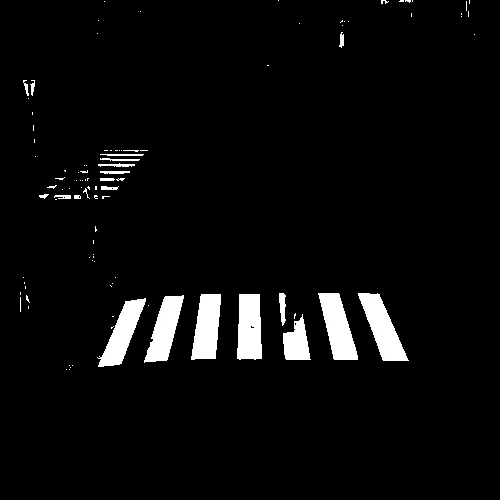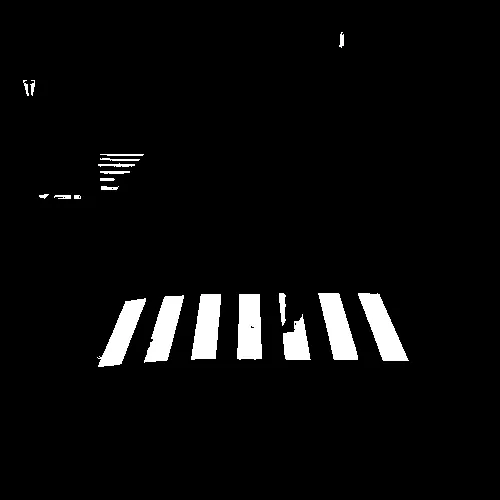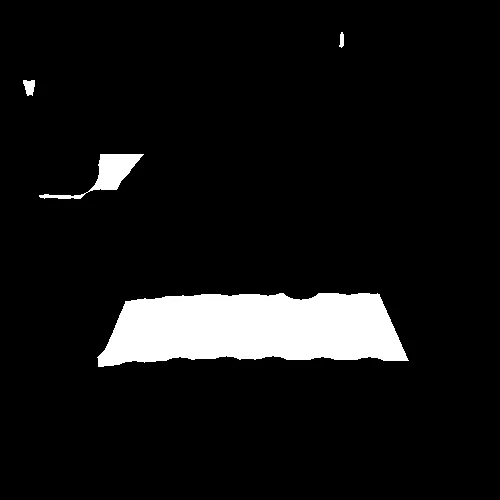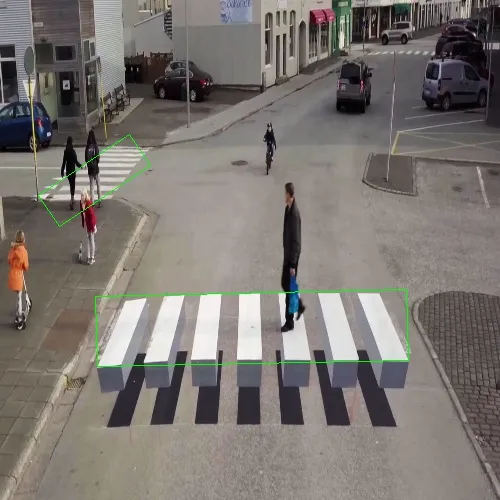我想检测斑马线路。我已经尝试使用轮廓查找图像中斑马线路的坐标,但它仅为不同的白色框(仅斑马线中的白线)提供输出。但我需要整个斑马线路的坐标。
请告诉我如何分组轮廓或建议另一种检测斑马线路的方法。 输入图像 获得的输出图像 期望的输出
请告诉我如何分组轮廓或建议另一种检测斑马线路的方法。 输入图像 获得的输出图像 期望的输出
import cv2
import numpy as np
image = cv2.imread('d.jpg',-1)
paper = cv2.resize(image,(500,500))
ret, thresh_gray = cv2.threshold(cv2.cvtColor(paper, cv2.COLOR_BGR2GRAY),
200, 255, cv2.THRESH_BINARY)
image, contours, hier = cv2.findContours(thresh_gray, cv2.RETR_EXTERNAL,cv2.CHAIN_APPROX_NONE)
for c in contours:
rect = cv2.minAreaRect(c)
box = cv2.boxPoints(rect)
# convert all coordinates floating point values to int
box = np.int0(box)
cv2.drawContours(paper, [box], 0, (0, 255, 0),1)
cv2.imshow('paper', paper)
cv2.imwrite('paper.jpg',paper)
cv2.waitKey(0)



